Dogs are undoubtedly one of the most loved members of the family. This love for our four-legged friends is a core reason why many people like to have them photographed. But photographing a dog is an entirely different story from photographing humans. Professional dog photographer Andy Biggar shares his top ten tips for taking amazing dog photographs:
1. Camera
Dogs tend to be very active and can be difficult to photograph when they’re running around. This doesn’t mean you need a camera with the highest frame rate to capture the dog’s movement. If you use a camera with a low number of frames per second, understand the dog’s movement and determine the best time to release the shutter.
“Don’t rely on technology. It’s not about buying the most expensive camera. Understand what is happening in the camera. Hone your skills. That’s far more important.”
2. Lens
Biggar loves his Canon 70-200 f/2.8 lens because of its fast and accurate autofocus for capturing action-packed dog photos. But again, he recommends not buying anything expensive right away. Look for less expensive third third-party natives. And before buying any lens, see if you can rent it to decide what works best for you.
A 24–70mm lens comes in handy for detailed close-up shots of the dog. It’s also useful if you need to take wide group shots of dogs with their owners.
3. Get Down
The importance of photographing a subject from the eye-level can’t be stressed enough. This creates a better impact and helps to develop intimacy with the subject.
“I spend most of my time during a photo shoot on the floor looking straight into the dog’s eyes with the lens.”
Make sure that you’re dressed appropriately for getting down and dirty. If you’re not comfortable, the image quality will suffer.
4. Keep the Session Moving Fast
Dogs have a tendency to get excited and then bored pretty quickly. You can’t risk being at the photo shoot fiddling with the settings to get the correct exposure. Be prepared to make the session fun for everyone involved. This also helps capture the true character of the dog.
5. Get Some Help
Doing a dog photography session all alone is a pretty daunting task. Work with the owner so that you can concentrate on taking photos. If the owner can’t be there, take an assistant along to help you out.
6. Bribery
Have the dog’s caregiver bring treats or toys that the dog loves. These can be used to get the dog’s attention and to get them excited. And who doesn’t love being appreciated for doing a good job? So, share some treats with the dogs whenever they pose for the camera.
7. Variety
Be sure to take a variety of shots during the course of the session. Take action shots, dog portraits, and some with the owner.
“It’s key that you get a pre-shoot consultation with your client to understand what they’re looking from the photo shoot.”
8. Location
There are some situations when you have no control over the dog’s behavior. It’s extremely essential that you choose your location wisely. While the surroundings must look good in the images, also make sure that it’s a safe place for a dog.
“You don’t want a location where potentially the dog could be at risk from itself or an environment where there could be livestock around. This is just a recipe for disaster.”
If the client has a location in mind where you haven’t been before, make an effort to scout the location before the shoot.
9. Gear Protection
Place your gear in a good waterproof bag. Also, make sure that your memory cards are secure.
10. Preparation
While this is not specific to just dog photo shoots, you should make sure that your batteries are charged, your memory cards are formatted, and all your gear is packed in your bag properly.
Be sure to use some of these tips for some great dog photography!
Like This Article?
Don't Miss The Next One!
Join over 100,000 photographers of all experience levels who receive our free photography tips and articles to stay current:
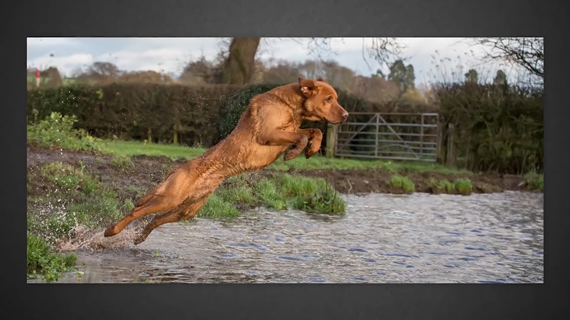
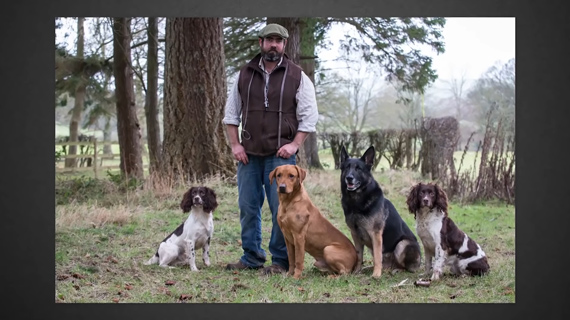
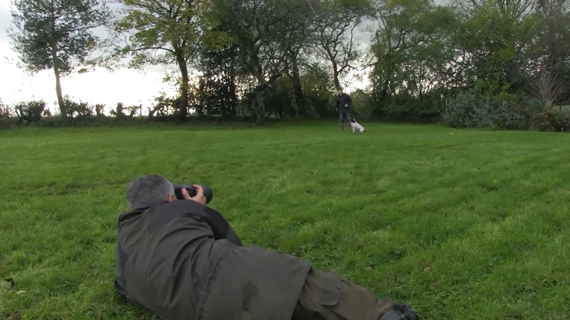
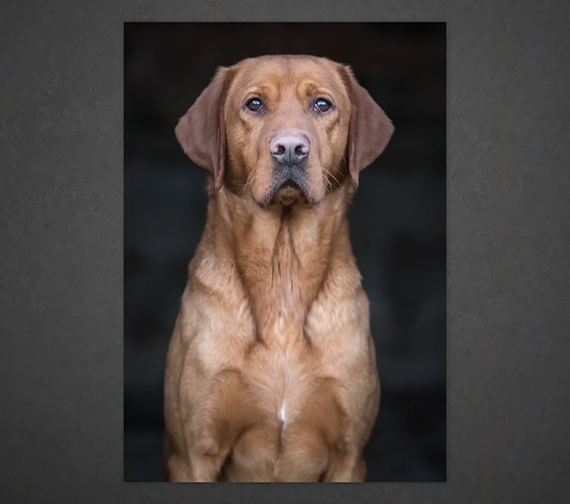
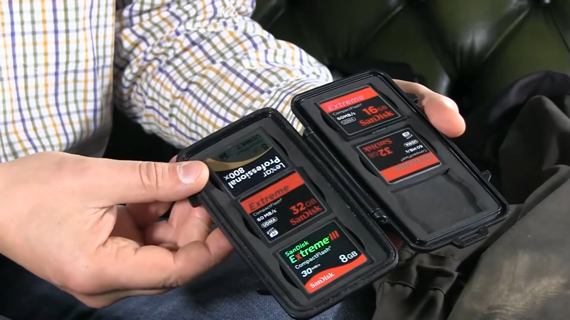

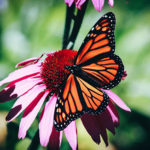




Leave a Reply